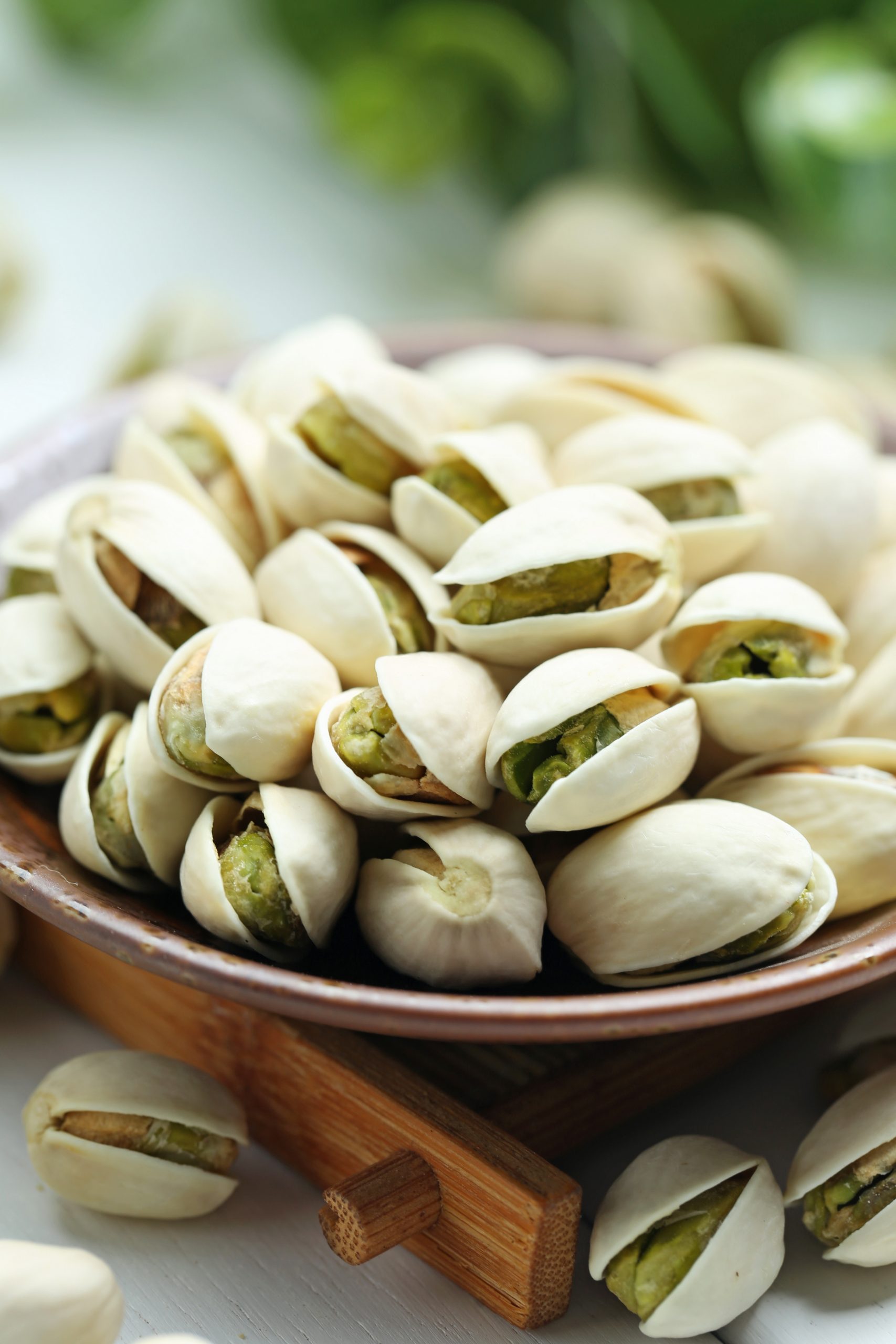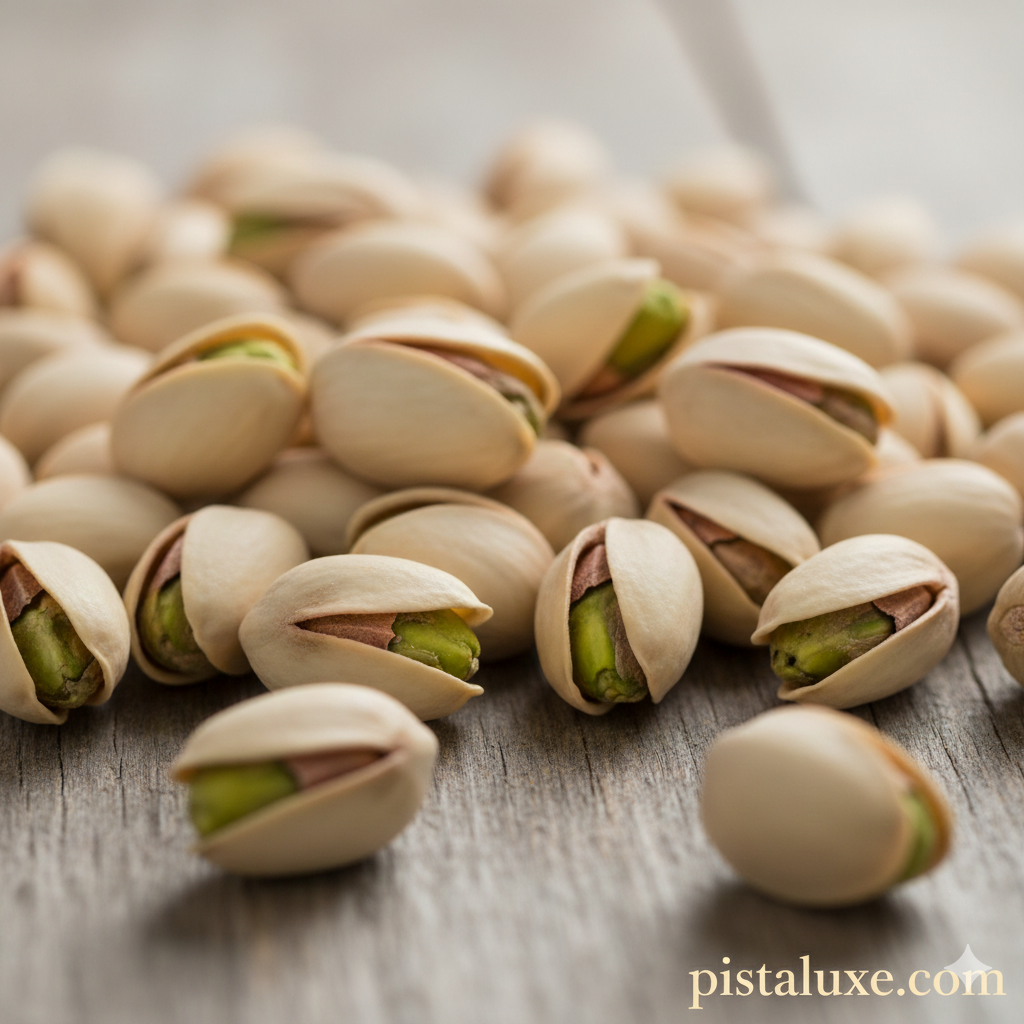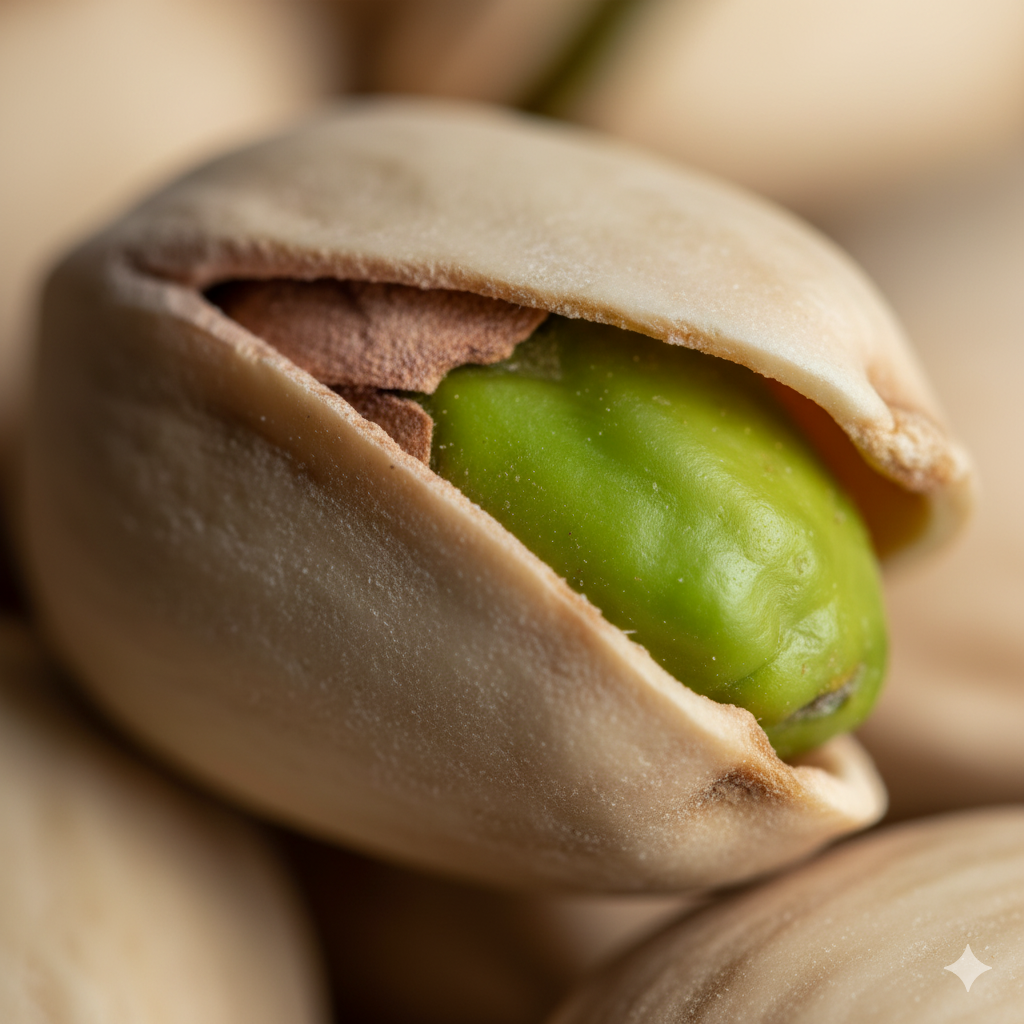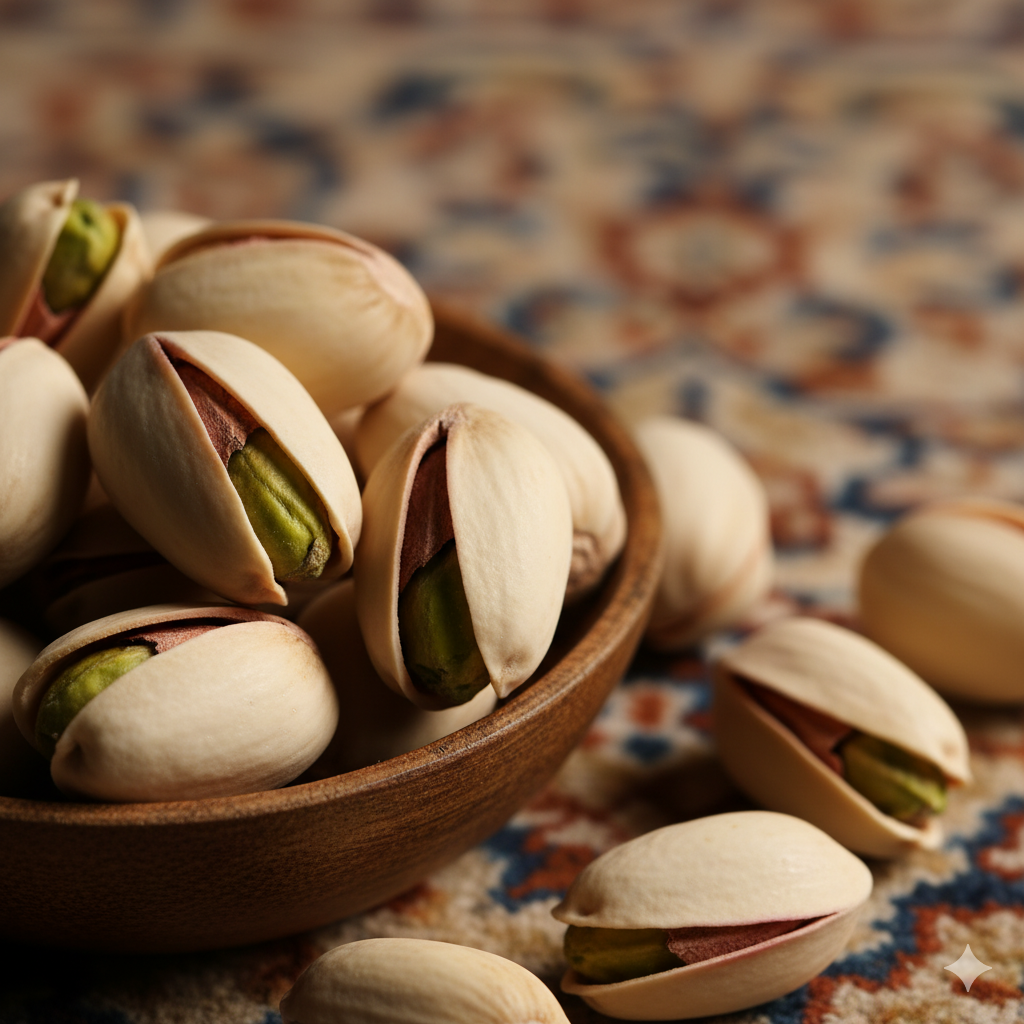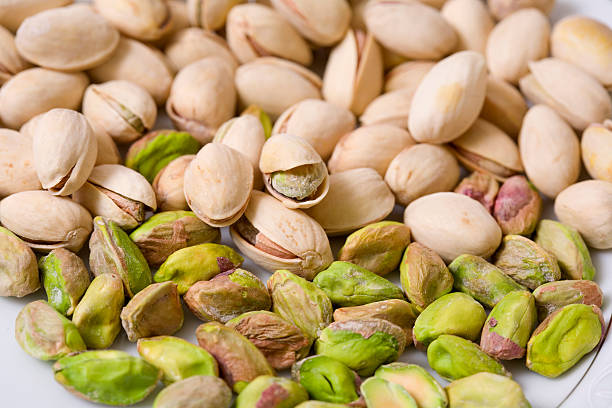
Iran, a land steeped in rich agricultural heritage, boasts a particular jewel in its crown: the pistachio. Revered globally for its unique flavor, vibrant color, and nutritional value, the Iranian pistachio is more than just a culinary delight; it is a cornerstone of the national economy and a significant driver of employment across numerous sectors. From the sun-drenched orchards to bustling processing facilities and intricate export networks, the pistachio industry provides livelihoods for hundreds of thousands of Iranians, underscoring its critical role in rural development and national economic stability.
The journey of a pistachio from tree to table is a complex and labor-intensive process, each stage offering distinct employment opportunities. At the very beginning of this value chain lies agricultural employment. This is perhaps the most visible and widespread form of job creation. Pistachio farming, primarily concentrated in the eastern and central provinces of Iran, such as Kerman, Yazd, and South Khorasan, relies heavily on manual labor for much of the year. Farmers and seasonal workers are involved in a myriad of tasks including:
- Orchard preparation and maintenance: This includes pruning trees, managing soil health, and implementing irrigation systems, especially crucial in Iran’s arid climate.
- Pest and disease management: Vigilant monitoring and application of treatments require skilled agricultural workers.
- Harvesting: The pistachio harvest, typically occurring in late summer or early autumn, is a period of intense activity. The process of “kal-khori,” or opening the pistachio shell to allow it to dry, and then the actual picking of the nuts, often involves a large, mobile workforce, including women and sometimes migrant workers, who travel to the farming regions for this crucial period. This seasonal surge in demand for labor is vital for many rural communities.
Following the harvest, the pistachios enter the processing and post-harvesting phase, a sector that has seen significant growth and technological advancement, creating specialized jobs. This stage is critical for transforming the raw product into a market-ready commodity:
- De-husking and washing: Once harvested, the pistachios are de-husked to remove the outer fleshy hull and then thoroughly washed. This is often done in processing plants equipped with machinery, employing workers for operation, maintenance, and quality control.
- Drying: Pistachios require careful drying to reduce moisture content, preventing spoilage and ensuring optimal quality. This can be done through sun-drying in controlled environments or using mechanical dryers, both requiring labor for management and supervision.
- Sorting and grading: This is a crucial step where pistachios are separated based on size, color, and quality. While some grading is automated, manual sorting and inspection are still vital to ensure that only the finest nuts reach the market, employing many individuals, particularly women, in meticulous quality control roles.
- Shelling and roasting: For those pistachios destined to be sold as shelled nuts, the shelling process requires specialized machinery and skilled operators. Roasting, often done with or without salt, also requires precise temperature and time management, creating jobs for plant technicians.
- Packaging: The final step in processing involves packaging the pistachios according to market requirements, whether in bulk for wholesale or in consumer-friendly packs. This creates employment in packing houses, involving machine operators, quality inspectors, and logistics personnel.
Beyond the direct agricultural and processing sectors, the pistachio industry generates substantial indirect employment across a wide range of related fields:
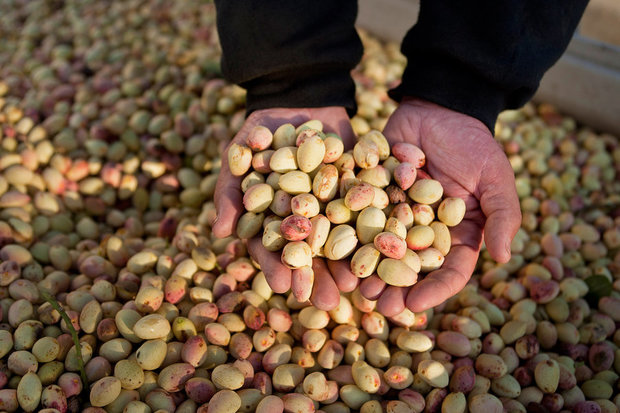
- Logistics and Transportation: Moving the harvested pistachios from farms to processing centers, and then distributing the processed nuts both domestically and internationally, requires a robust logistics network. This includes truck drivers, warehouse staff, customs brokers, and freight forwarders.
- Equipment Manufacturing and Maintenance: The machinery used in farming, harvesting, de-husking, drying, and shelling necessitates the support of manufacturers, mechanics, and technicians who design, build, and maintain these essential tools.
- Sales and Marketing: Promoting and selling Iranian pistachios both domestically and in global markets requires a dedicated workforce in sales, marketing, branding, and international trade. This includes export managers, market analysts, and sales representatives who navigate complex international regulations and consumer preferences.
- Research and Development: To maintain competitiveness and improve yields and quality, there is ongoing employment in agricultural research institutions and universities, focusing on areas like new cultivation techniques, disease resistance, and water management technologies.
- Ancillary Services: The presence of large agricultural operations also spurs demand for local services, such as agricultural input suppliers (fertilizers, seeds), machinery repair shops, and financial services, indirectly creating jobs in these supporting businesses.
The sheer scale of Iran’s pistachio production means that the industry is a significant employer, particularly in rural areas where agricultural activities are the primary source of income. The seasonal nature of the harvest provides a vital influx of cash and employment for many families, contributing to the economic vitality of these regions. While mechanization is increasing in certain aspects of processing, the fundamental reliance on human labor, especially in cultivation and sorting, ensures that the pistachio industry remains a powerful engine for job creation in Iran. Its continued growth and adaptation will undoubtedly play a pivotal role in shaping employment landscapes and economic opportunities for generations to come.
Contact Information:
For inquiries regarding bulk purchases of dried fruits and nuts, please contact:
Mr. Reza Ravanshad
Phone: 00989214773705


